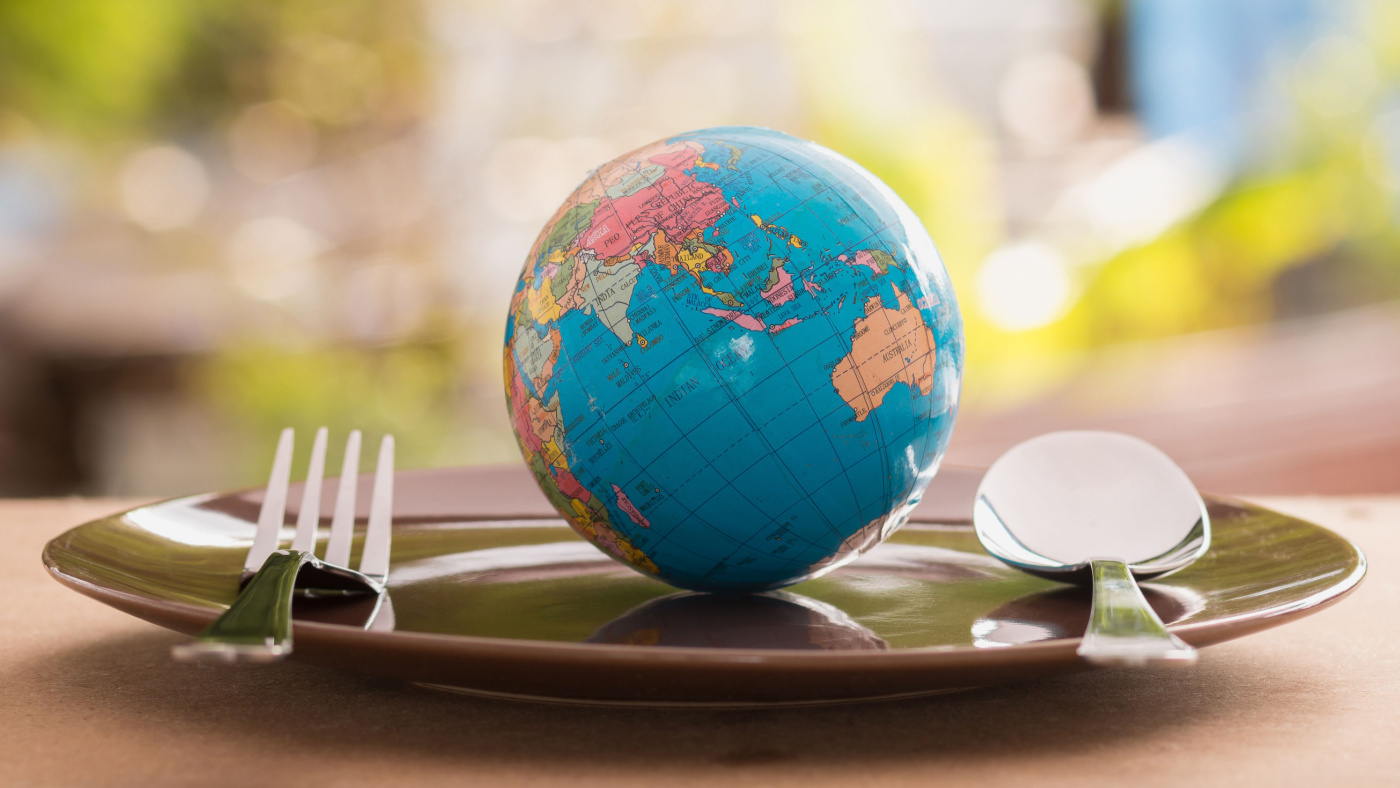Coming up in late November through mid-December, the United Nations 28th Climate Change Conference, perhaps better known as COP 28. It will be a milestone from a food and agricultural standpoint, according to Agriculture Secretary Tom Vilsack and other world leaders in that…
At COP 26 I remember we were at a dinner, and agriculture was considered eating at the kids table, and agriculture was always at the kids table at these COP meetings. Always always always. We heard about construction. We heard about utilities. We heard about all the big industries, that agriculture was sort of an afterthought. COP 28 is going to be, in my view, the first COP where we’ll be eating at the adult table.
And the reason for the recent predominance of ag in the context of climate mitigation efforts. Secretary Vilsack says more people are realizing that
Agriculture has the opportunity to get to a netzero future faster than any other industry. If you think about how you sequester carbon or where you sequester it naturally, you have to have soil, you have to have trees, you have to have an ocean. I think agriculture and aquaculture now gets us all three.
Dubai will play host to COP 28 and United Arab Emirates Minister for Climate Change and the environment Mariam Almheiri involved as co-chair of the Global Agriculture Innovation Mission for Climate provides the point of focus regarding ag and food production at the UN Climate Change Conference.
The Food Systems agenda for the COP 28 is basically four pillars. Number one is galvanizing national leadership. The second pillar is about non state actors, the smallholder farmers, the producers, the food processors, academia will have to be involved in this and then we’ve got the innovation side and this is where aid for climate is one of the key tools that can really catalyze this and we’ve proven it with all the technologies that we see today. And the fourth is about scaling up finance in the COP 28 Food Systems agenda. We’re looking at how we can unlock from the private sector more money into food systems projects, and especially get them there to where they should be.


